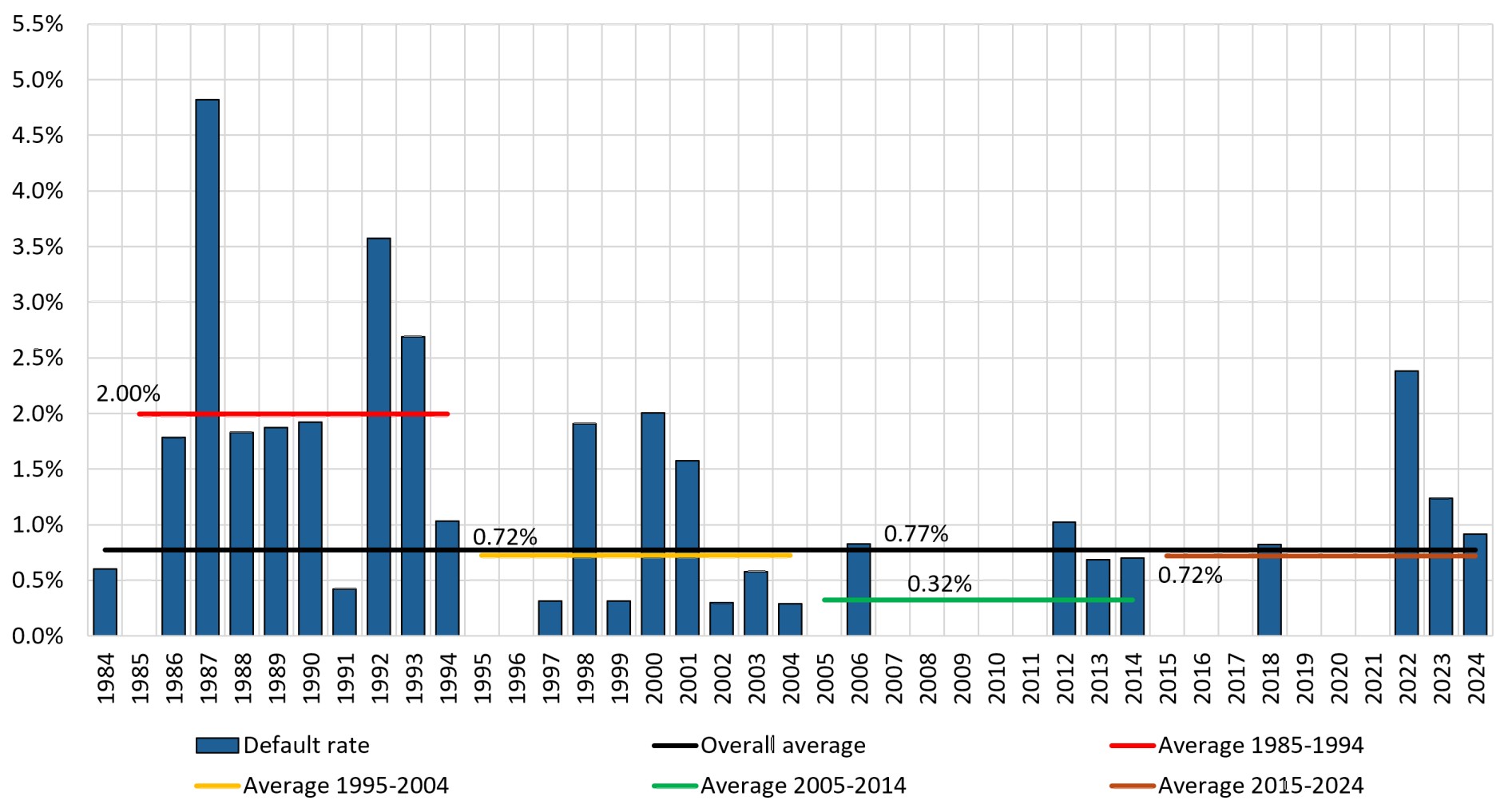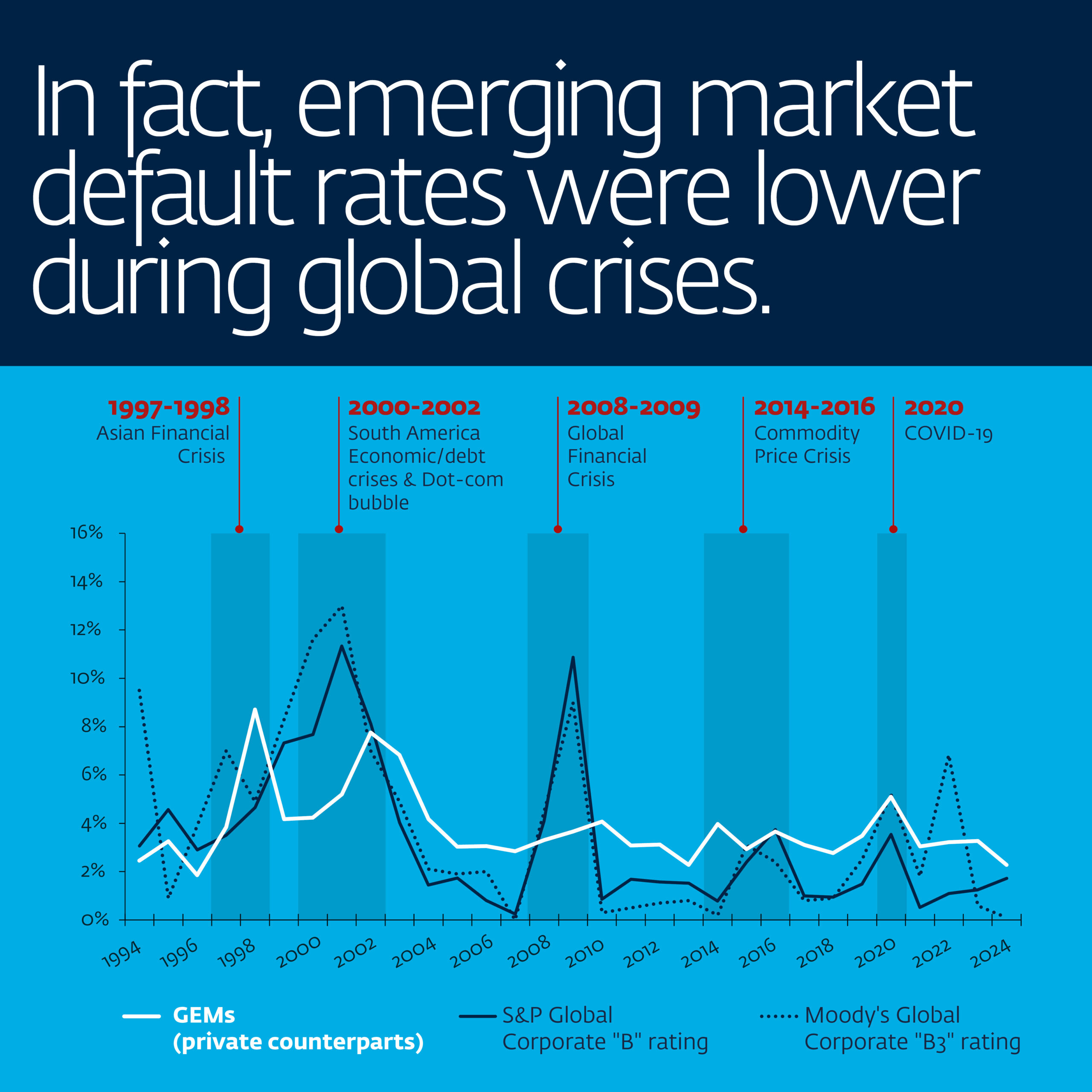Global Emerging Markets Risk Database (GEMs)
New Statistics from GEMs Consortium Show Risk of Investing in Emerging Markets Is Lower than Commonly Perceived
Luxembourg, 7 October 2025—New default and recovery statistics released today by the Global Emerging Markets Risk Database (GEMs) Consortium shed light on investment risks in emerging markets and developing economies (EMDEs) and provide new views on potential...
GEMs Engages Galytix/PwC to Develop New Credit Risk Platform
Luxembourg, 25 September 2025—The Global Emerging Markets Risk Database (GEMs) Consortium today announced a major step forward in its mission to contribute to unlocking private investment in emerging markets and developing economies (EMDEs) with the appointment of a...
New publications by GEMs Consortium offer further insights into emerging market credit risk
New publications by GEMs Consortium offer further insights into emerging market credit risk Two new publications by Global Emerging Markets Risk Database (GEMs) Consortium provide granular default and recovery patterns for over three decades of development finance,...
Private Lending 1994-2024
Annual default rates and averages

Recovery rates by region

Public Lending 1994-2024
Annual default rates and averages

Recovery rates by region

Sovereign and Sovereign-guaranteed Lending 1984-2024
Annual default rates and averages

Recovery rates by region








